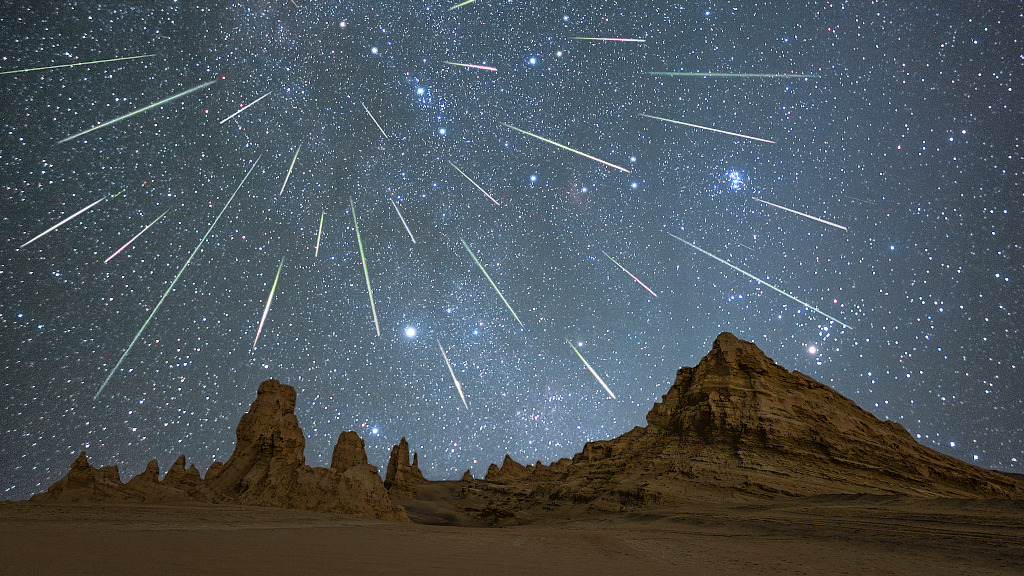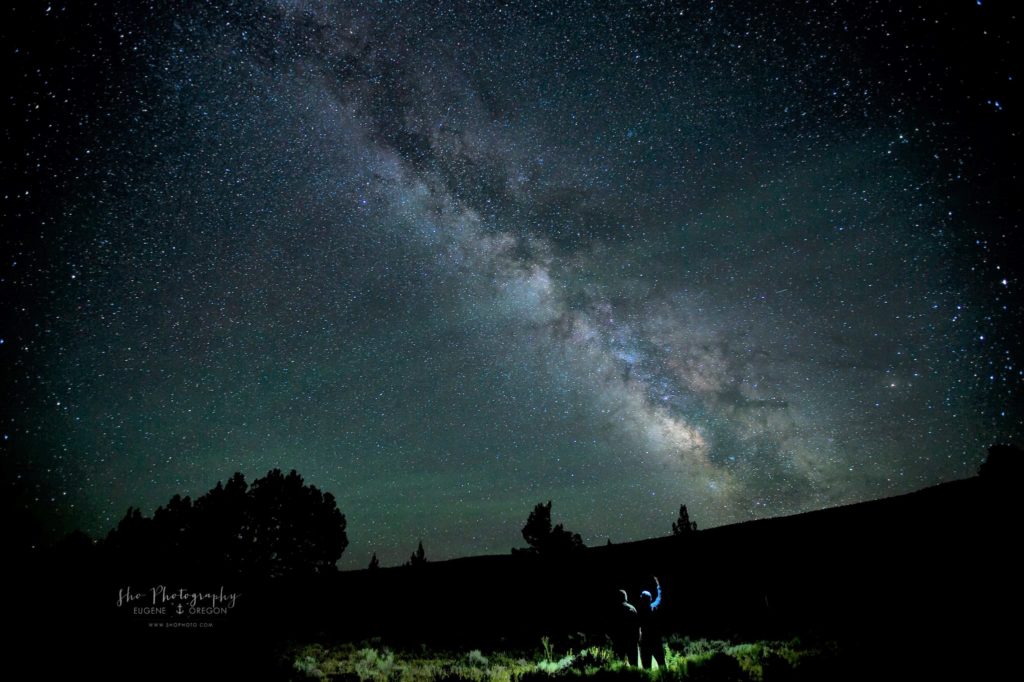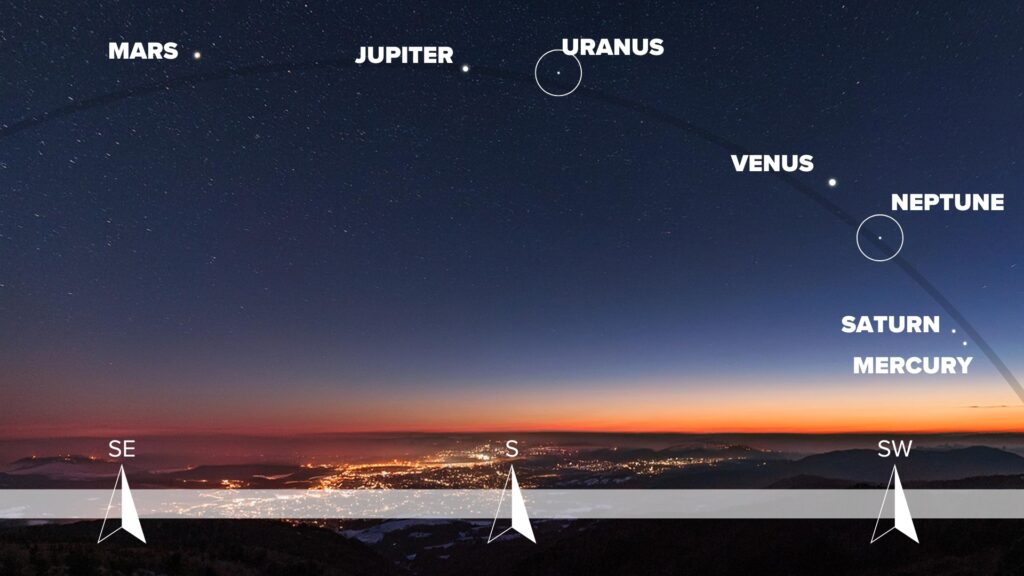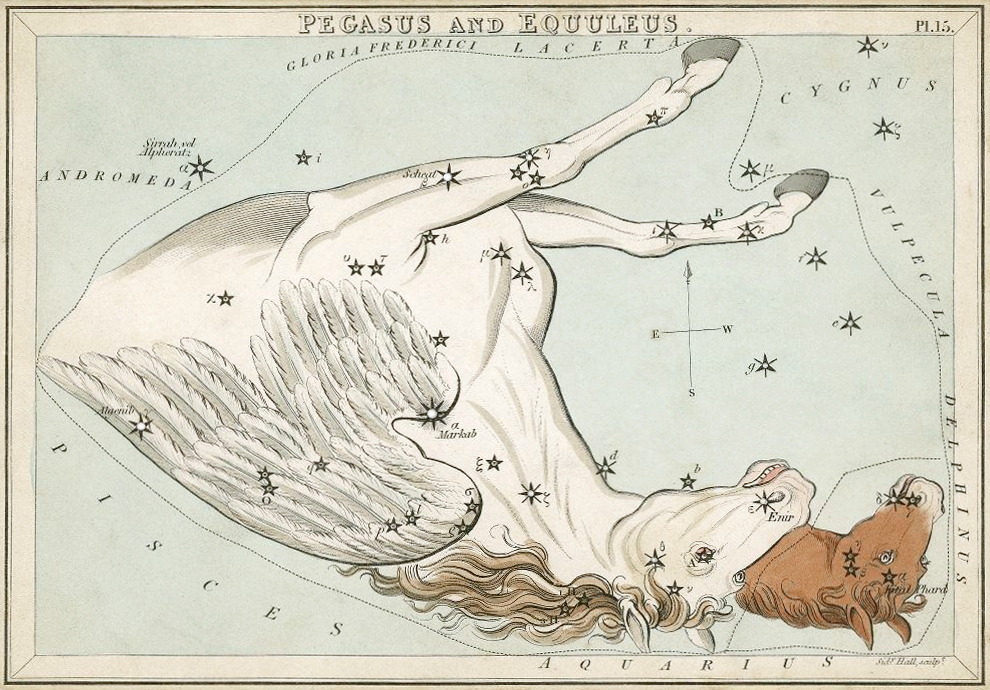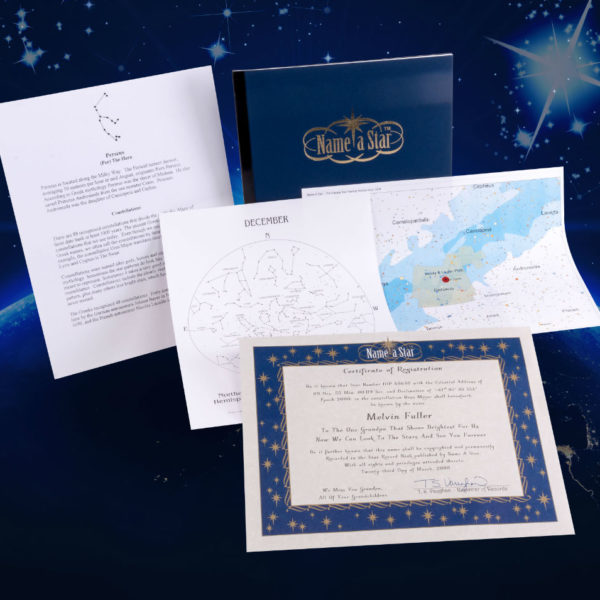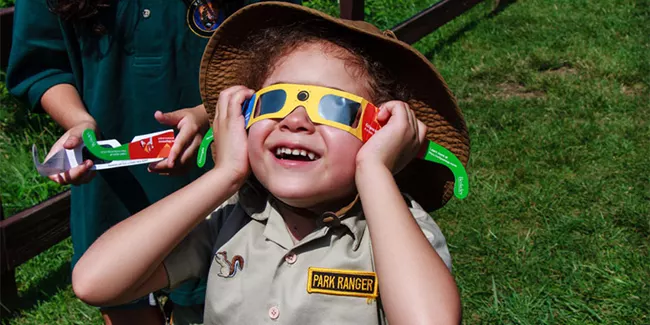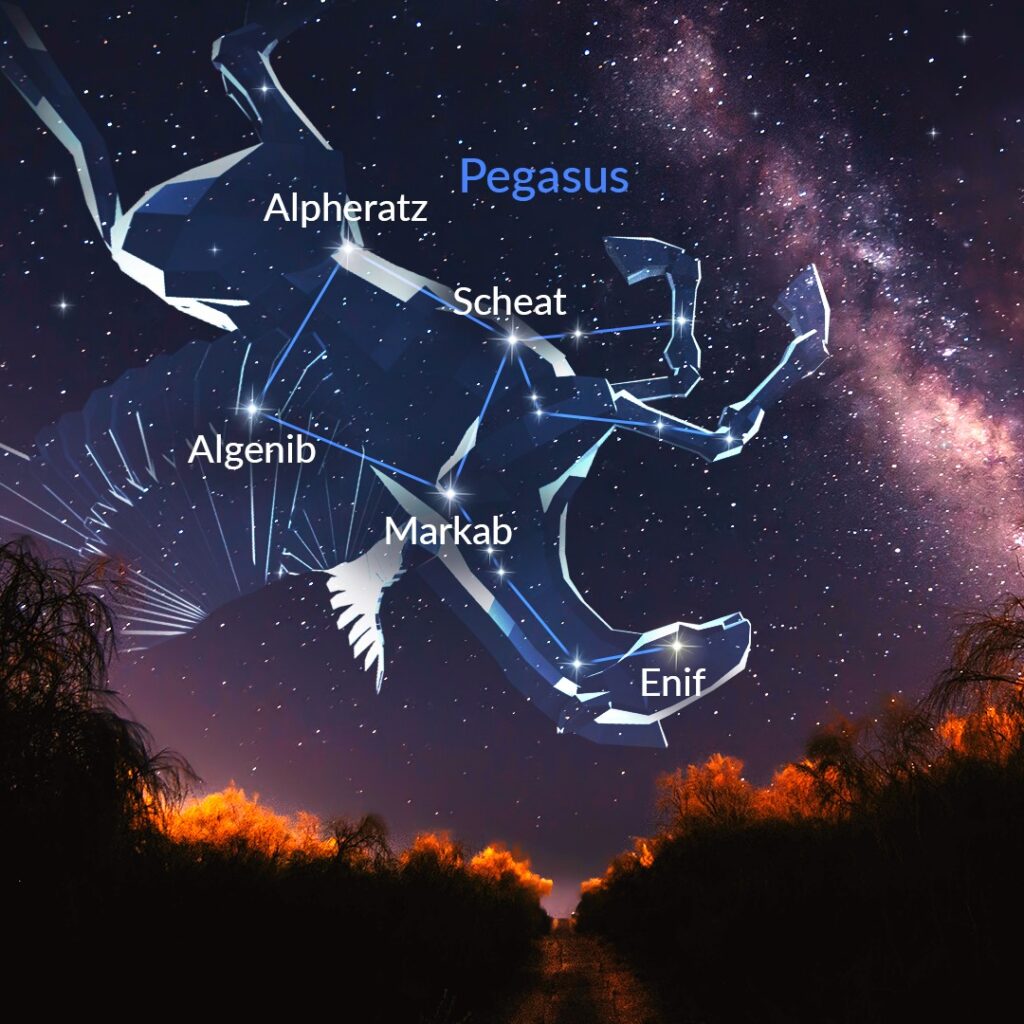Fall 2025 brings some of the year’s most anticipated celestial events.
Perseid Meteor Shower – Photo by CGTN
Don’t miss meteor showers that pierce the night sky, lunar spectacles that ignite awe, and a great way to share it all.
The season begins with the Orionids meteor shower, peaking October 22–23. With only a 2% illuminated moon, these swift meteors will streak across dark skies, offering excellent viewing conditions across the continent.
Next up are the Taurid meteor showers. The Southern Taurids peak November 3–4, and the Northern Taurids follow November 8–9. The Taurids are generally more noticeable around late October to early November when they overlap. Though a bright moon may dim the view, the showers are famed for their fireballs—bright flares often seen even in moonlight-polluted skies.
Mid-November (November 16–17) brings the Leonids, renowned for fast, bright meteors. Fortunately, moonlight is minimal (just 9%), making it a great opportunity for clear skywatching.
The end of fall brings us the Geminids, peaking December 13–14 with 39% moonlight—enough darkness to reveal over 100 meteors per hour, including many multicolored displays.
While North America will unfortunately miss the total lunar eclipse on September 7, seen primarily across Europe, Asia, and Australia, the season more than makes up for it with these dynamic meteor events.
Best viewing tips:
- Choose a dark sky location away from city lights.
- Let your eyes adjust for 15–20 minutes.
- Dress warmly, and bring a reclining chair for comfortable all-night observation.
- Use star-map apps to track radiant points like Orion, Leo, and Gemini.
- Surprise a friend or loved one with their own star.
From serene starfields to explosive meteor displays, fall 2025 in North America is set to be a stellar season.

